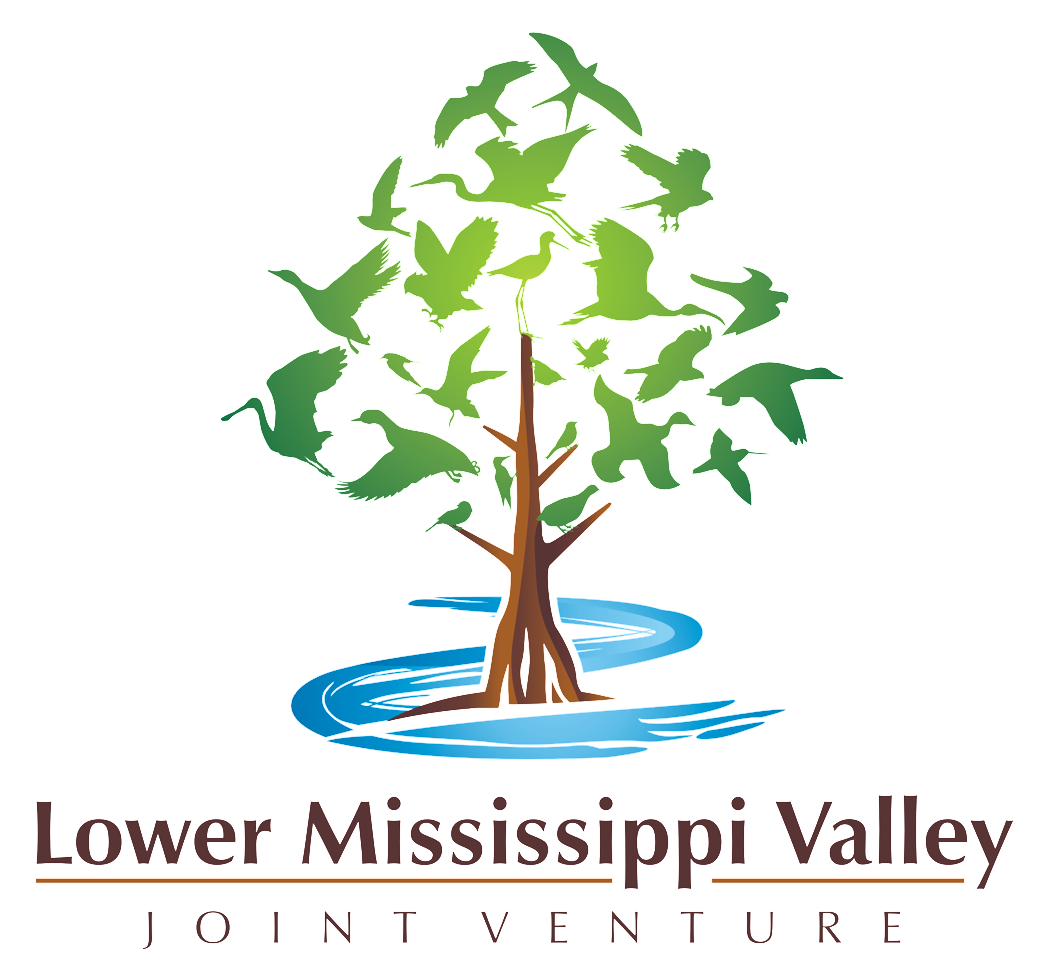Celebrate Wetlands!
Big Lake National Wildlife Refuge, AR
Wetlands come in an impressive array of shapes and sizes. From the towering oaks of the White and Cache River bottoms of Arkansas to the lush marshes of Missouri’s Bootheel to the majestic bald cypress bayous of Caddo Lake in Louisiana and Texas and all points in between, wetlands are among the most productive natural systems in the world. In fact, the quality and reliability of many critical ecosystem functions are dependent upon healthy and abundant wetlands. Flood control, clean water, groundwater recharge, and storm protection are but a few of the many free services provided by wetlands.
However, one of the most visible and awe-inspiring provisions of wetlands is their abundance of wildlife. The LMVJV partnership was established in 1988 to conserve wetlands and waterfowl. Since then, our mission has expanded to encompass conservation of healthy landscapes for all native birds, but wetlands remain among our highest priorities.
The genius of the Migratory Bird Joint Venture concept lies in its fundamental reliance on a network of partners sharing common objectives and contributing their unique resources—in collaboration—to achieve them. In the LMVJV, this has resulted in dozens of private, state, federal, and industry partners all working together over the past 30 years. Of the myriad collaborations and efforts, two programs stand out as having significant positive impact on wetlands and wetland birds in the LMVJV: the North American Wetlands Conservation Act (NAWCA) and the Wetlands Reserve Easements program (WRE).
NAWCA
The North American Wetlands Conservation Act (NAWCA) provides grants for public-private partnerships in Canada, Mexico, and the U.S. to protect, enhance, restore, and manage waterfowl, other migratory birds, fish and wildlife species, and the wetland ecosystems and associated habitats upon which they depend—consistent with the North American Waterfowl Management Plan. In the LMVJV, NAWCA has supported priority wetland conservation work on 118 projects, providing federal funds of more than $86,000,000 matched by over $254,000,000 in partner funds. The result is increased wetland quantity and quality on over 667,000 acres of wetlands across our region.
WRE
The Wetland Reserve Easements program (WRE) is provided through the U.S. Department of Agriculture’s (USDA) Natural Resources Conservation Service. WRE is a voluntary program that provides technical and financial assistance to private landowners to restore, enhance, and protect wetlands through the purchase of wetland reserve easements.
Restoration and management of forest habitat through WRE in the Mississippi Alluvial Valley (MAV) has been, and continues to be, one of our greatest conservation stories (see Gaining Ground for Wildlife in the Delta). Abundant forest interior habitat (“forest core”) is essential for healthy populations of many priority breeding bird species. By accounting for the LMVJV’s reforestation spatial priorities in the delivery of this program, WRE has added more than half a million acres of additional forest core in the MAV. Across the LMVJV region, WRE has restored and protected over 1 million acres of wetland habitat!
Putting It All in Perspective
To put this in perspective, the area of wetland habitat conserved between these two programs alone exceeds that of Long Island (WRE) and Long Island Sound (NAWCA). Think about that!
NAWCA & WRE in perspective in the MAV


